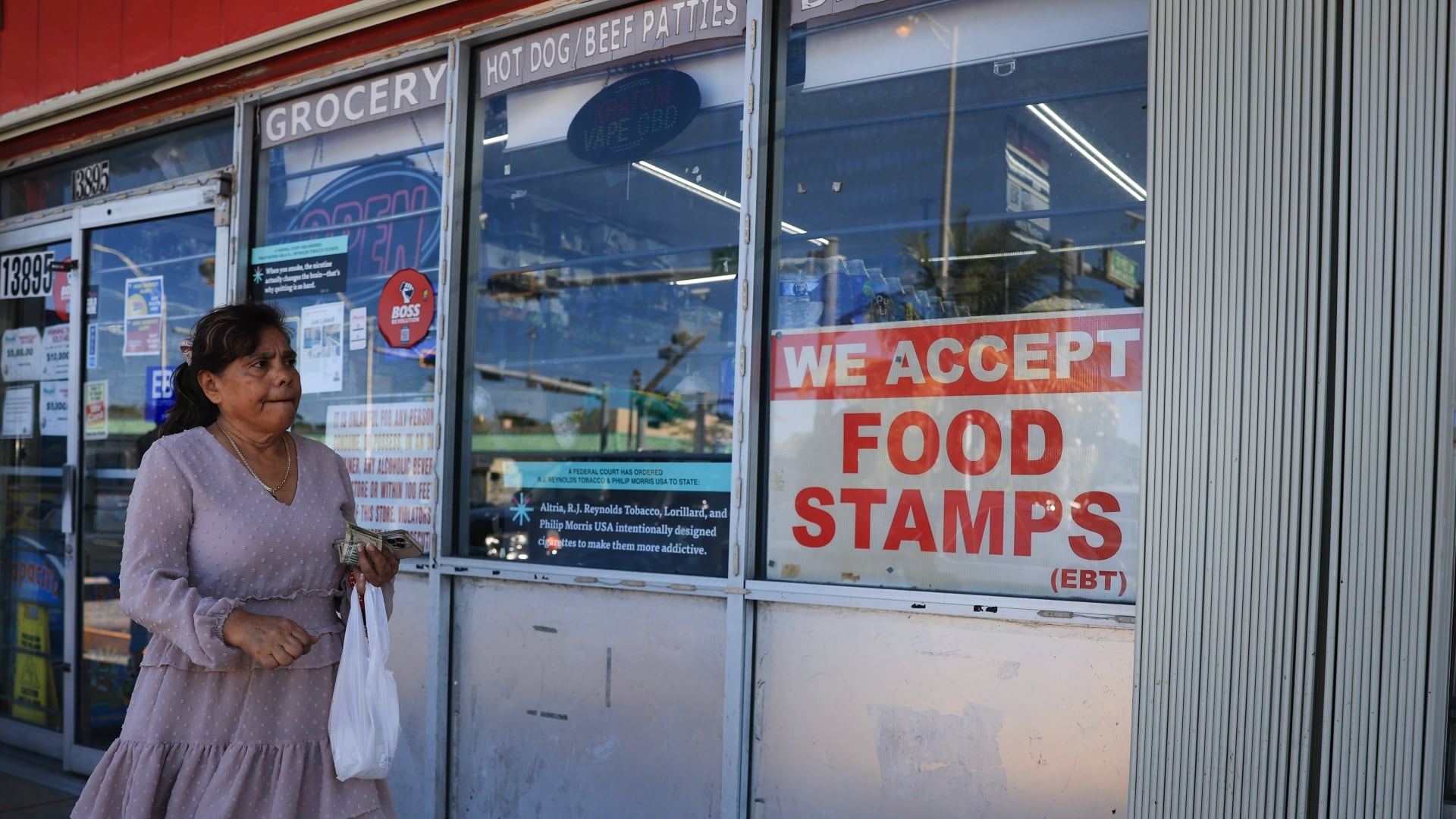By Stephen Braun
Updated 4:46 pm ET
Democratic presidential nominee Joe Biden paid nearly $288,000 in federal income taxes last year, according to returns he released just hours before his Tuesday night debate with President Donald Trump.
The move came following a report from The New York Times that Trump paid just $750 in income taxes in 2016, the year he ran for president, and in 2017, his first year in the White House.
Biden and his wife, Jill, along with Biden’s running mate, California Sen. Kamala Harris, released their 2019 federal and state returns as the president contends with the political fallout from a series of Times reports about Trump’s long-hidden tax returns. The Times also reported that Trump paid no income tax at all in 10 of the 15 years prior to 2017.
The Bidens' payment of $287,693 to the federal government in 2019 showed a substantial drop from the $1.5 million they paid in income taxes in 2018, reflecting a decline in Biden's book revenue, his decision to run for the presidency, and his leave of absence from an academic post at the University of Pennsylvania in Philadelphia.
After paying $91,000 in 2016, Biden's last year as vice president in the Obama administration, the Bidens paid $3.7 million to the government in 2017, largely because of income from book deals. Their latest return shows that the couple's adjusted gross earnings of $985,233 came from his vacated Penn position, Jill Biden's community college teaching job, and corporate entities that hold their speaking and writing payments.
Harris and her husband, attorney Douglas Emhoff, paid $1,185,628 in combined federal and state taxes on earnings of $3,018,127.
The Biden campaign has moved aggressively to capitalize on the Times reports about Trump's tiny tax payments. The campaign released a media ad showing that nurses, firefighters, and other working-class Americans pay far more in annual federal taxes than the $750 Trump tax payments described by the Times.
Trump has denied the Times report, dismissing it as “fake news” at a press conference, but he has provided no evidence to refute it.
With the release of their 2019 returns, the Bidens have now made public 22 year of tax documents, dating back to the late 1990s, when he was a U.S. senator representing Delaware. Harris has released 15 years of tax returns dating to her stint as San Francisco district attorney.
Kate Bedingfield, a Biden deputy campaign manager, said the release of the documents shows “a historic level of transparency meant to give the American people faith, once again, that their leaders will look out for them and not their own bottom line.”
It was a not-too-subtle dig at Trump's refusal — since his 2016 presidential campaign — to make public his personal income taxes. Trump has long insisted that he is unable to provide his tax returns because they are under audit by the Internal Revenue Service, despite no legal conditions preventing him from making them available.
The Times reported that Trump has, in fact, been under audit from the IRS for his request for a $72 million refund in 2010 by claiming a questionable $1.4 billion worth of losses in 2008 and 2009.









